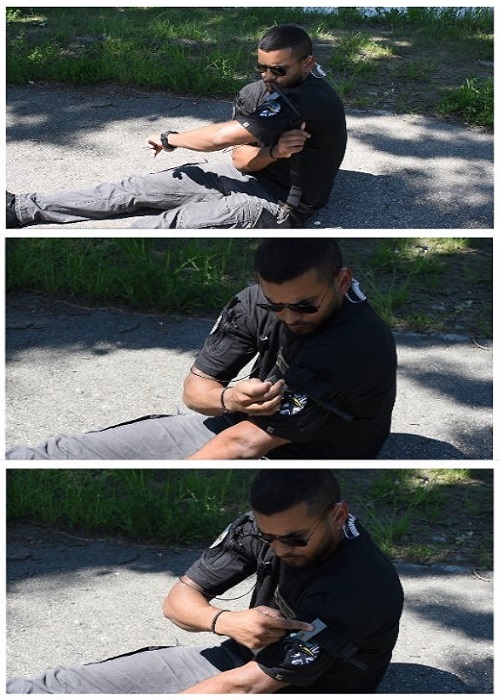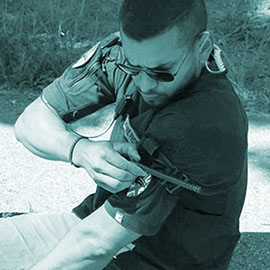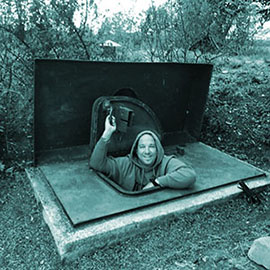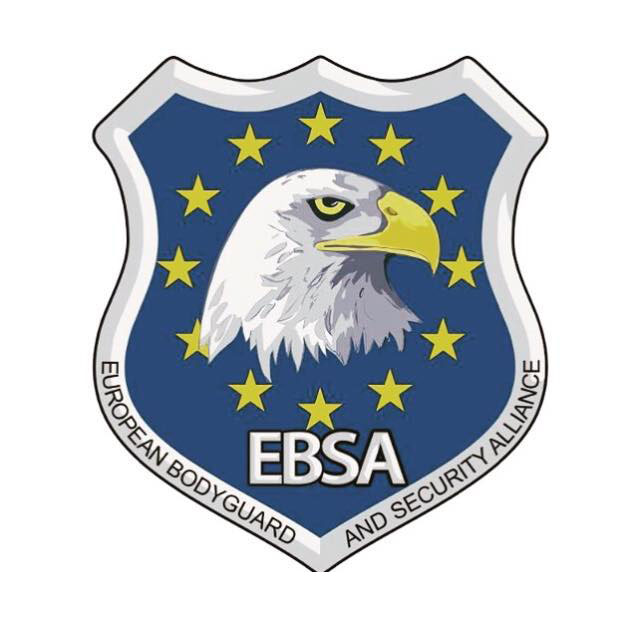The immediate and effective control of bleeding in cases of severe limb injuries, such as those resulting from explosive attacks or gunshot wounds, is gaining increasing importance in civilian emergency medicine. In this context, modern tourniquets like the Combat Application Tourniquet (C.A.T.) are being employed. These proven tools from military medicine are now being increasingly used in civilian emergency services to efficiently carry out life-saving measures for extreme limb bleeding, thereby enhancing the chances of survival for the injured.
The Origin of the Tourniquet: A Tale of Life-Saving
The tourniquet, as we know it, was developed by the American military in the early years of the Afghanistan War to enable rapid and efficient control of life-threatening bleeding, particularly in cases of multiple bleeding sources or amputations. In tactical emergency situations, which may occur in the battlefield or even under enemy fire, responders are often under significant time pressure. In such instances, the tourniquet is used to swiftly apply compression to extremities in cases of critical bleeding and to evacuate the patient from the danger zone, often referred to as the "hot zone." This allows for immediate initiation of further life-saving measures in emergency medicine.
The application of a tourniquet is intended to promptly and temporarily halt life-threatening extremity bleeding by constricting the blood flow when wound compression (e.g., by pressure bandages) is insufficient or impractical in the given situation. This prevents continued and uncontrolled blood loss until adequate hemostasis can be achieved by other means.
Proper Application of a Tourniquet
- The tourniquet must be applied about a hand's width above the injury, if possible directly on the skin, as it might slip through clothing. The toggle for correct tensioning should be on the outside of the limb - this allows it to be turned/tensioned more easily.
- The tourniquet should not be applied or placed on joints or open fractures.
- After applying around the affected limb, firmly pre-tighten or tighten the strap of the TQ so that the TQ is firmly pre-tensioned. Proper pre-tensioning is very important to subsequently stop bleeding as quickly as possible.
- After pre-tensioning, turn the toggle firmly until the bleeding stops and hang it in the holder provided for this purpose.
- Put the time-strip on it and write the time of application on it. This is important for handing over to the other rescuers.
Tip: Even after a tourniquet has been correctly applied, the injury must be constantly checked to see if it starts bleeding again. Especially if the casualty is repositioned - re-tensioning the TQ or, if necessary, applying a second TQ close to the trunk of the body could be very helpful in this situation.
Evacuation under combat conditions is a topic in itself, which we will deal with in another detailed article at a later date.
Training
A properly applied tourniquet can cause significant pain. Nevertheless, it is crucial to tighten the tourniquet sufficiently to stop the bleeding. Whether during training or in a real emergency situation, the tourniquet should be applied as if it were genuinely needed. After confirming its proper placement, it should be promptly removed to restrict blood flow for no longer than necessary.
Quality
We only use original C.A.T. Gen.7 for all our operations as well as training and further education. Inexpensive imitation products usually do not meet the quality standard and can therefore break when applied in an emergency or become so deformed that correct application with the aim of stopping bleeding cannot be guaranteed!
Tip: Original tourniquets have a CE mark and an MPG approval number and cost at least EUR 30.
Red-Tip belts have not yet been approved in Germany and Austria!
Also, take a look at our YouTube video:
Together we can make a difference!
Become a part of the MOORE PROTECTION COMMUNITY and subscribe to our newsletter and find out about many interesting topics through our blogposts.














